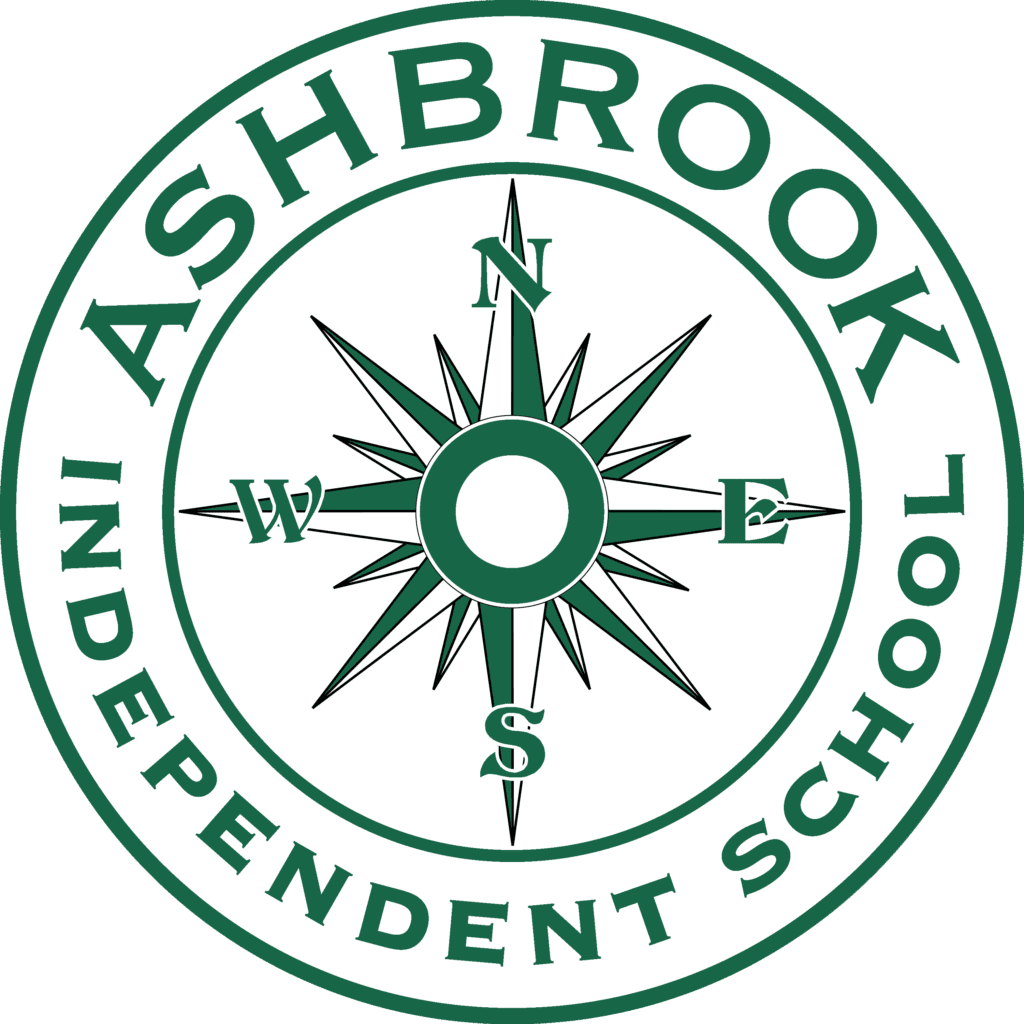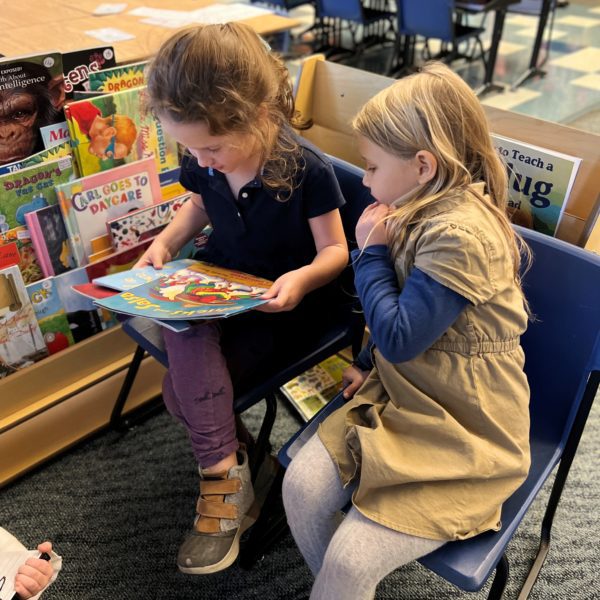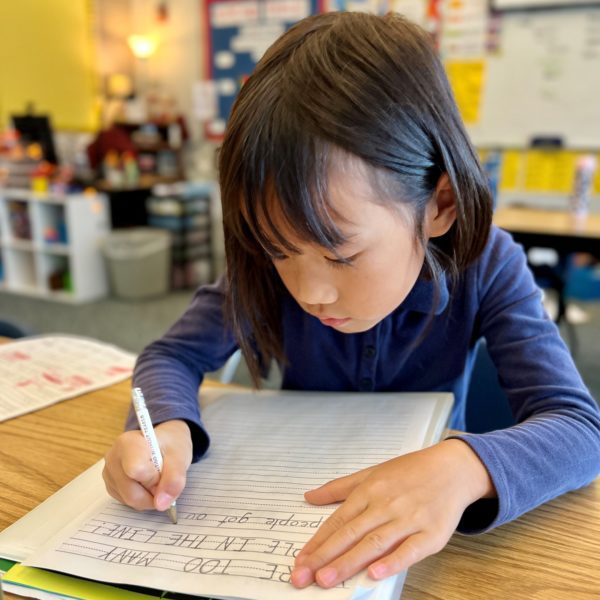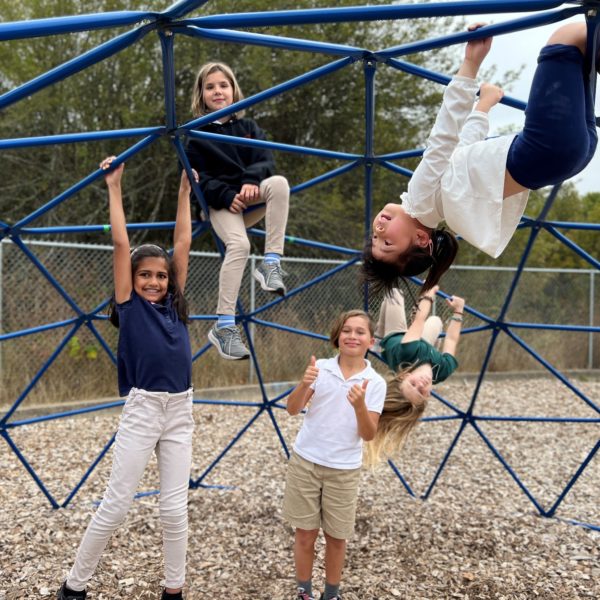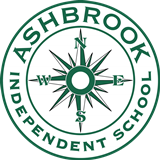Lower school core subjects
Mathematics
Lower school students are encouraged to develop critical thinking and problem solving skills as they are exposed to challenging math curriculum every day. Students are challenged to collaborate with their peers and elaborate their mathematical thinking in order to truly understand the process and the product. Beginning in Kindergarten, classrooms use My Math curriculum as the core curriculum to guide their learning which offers extensive on level and beyond level resources to deepen the learning for advanced level students.
Literacy
Our programs are designed to create independent readers and writers who develop a life-long love for literacy. We teach reading involving a balance between both a phonics-based approach as well as whole language in order to teach all skills necessary to create readers who are proficient in comprehension, accuracy, fluency, and vocabulary at each grade level. Guided reading groups and individual writing conferences based on the reading and writing workshop model allow teachers to challenge students at various levels. Reading and writing are integrated throughout the entire school day as students will be practicing their literacy skills in math, science, social studies, art, foreign language, music and even in P.E.! This integrated approach develops a strong foundation of literacy that sets the stage for their long-term success.
Science
Our inquiry-based science curriculum allows students to explore, experiment, investigate, observe, and discover in an environment where they are encouraged to ask questions, make mistakes, and develop their confidence. Our approach to science education goes beyond textbooks and memorization, empowering students to become true scientists. Through hands-on exploration, critical thinking, and real-world problem solving, we ignite a passion for discovery that lasts a lifetime.
Social Studies
We weave a rich tapestry of knowledge, encouraging critical thinking and a well-rounded education. Geography plays a heavy role in our lower school classes as students learn about the Earth’s diverse landscapes, cultures, and natural phenomena, fostering a sense of awe and appreciation. From life-size pioneer wagons to map-making adventures, students actively engage with geography, making learning a thrilling and participatory experience. We encourage students to ask questions, investigate, and form their own conclusions, nurturing a lifelong habit of curiosity.
World Languages
Ashbrook’s extraordinary World Languages program is a gateway to global understanding, fostering communication, cultural appreciation, and a lifelong passion for languages. We delve beyond grammar and vocabulary, celebrating the traditions, literature, and customs of the languages we teach. Our passionate language instructors bring languages to life, making lessons engaging, interactive, and tailored to different learning styles. Each Kindergarten class enters into either the Chinese, French, or Spanish cohort. The cohort will remain in that language, taking a 30-minute class every day, through 4th grade. After 4th grade, students–with the help of their families–can decide to stay in their cohort language through middle school or switch to a new language at the beginner level.
The Arts
Welcome to a school where imagination knows no bounds and self-expression takes center stage! Our school’s exceptional arts program is a vibrant hub of creativity, empowering students to explore, innovate, and shine. K-4 students take music and art every other day. They also have an opportunity to participate in Theater Club as an after school activity starting in 1st grade. Throughout the school year, students have the chance to shine on stage, display their art, and share their creative achievements with the school community.
Physical Education
Movement and health education play a daily role in our students’ lives! Our school’s exceptional Physical Education program is a gateway to a lifetime of well-being, empowering students to embrace active lifestyles and cultivate healthy habits. With a holistic approach that goes beyond exercise, we nurture physical, mental, and social development, preparing students to thrive in a balanced and active world. We emphasize not only physical fitness through engaging games and sports, but also mental resilience, stress management, teamwork, and social skills, creating well-rounded individuals.
